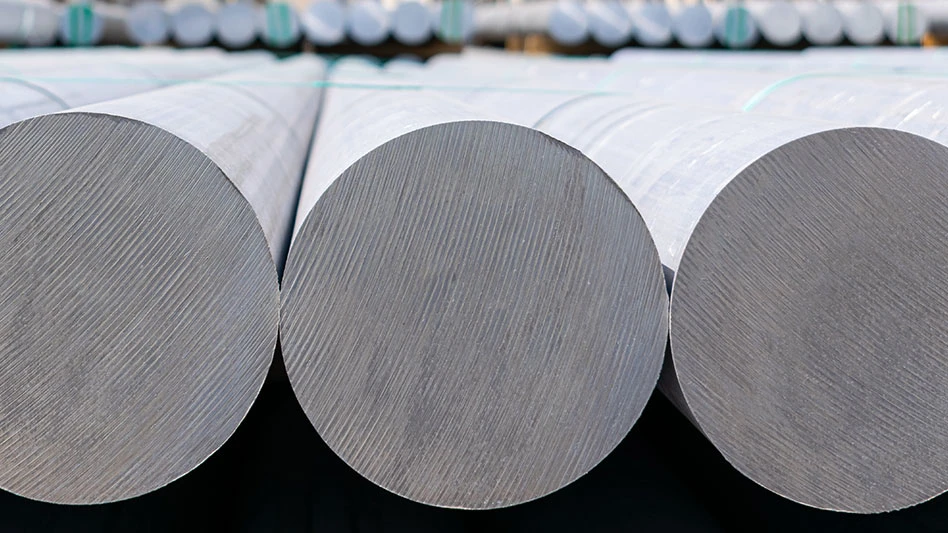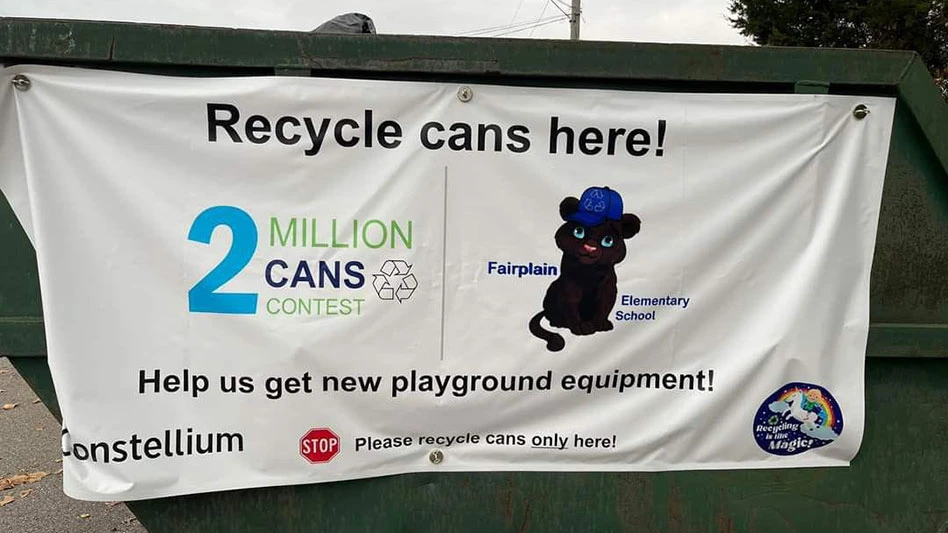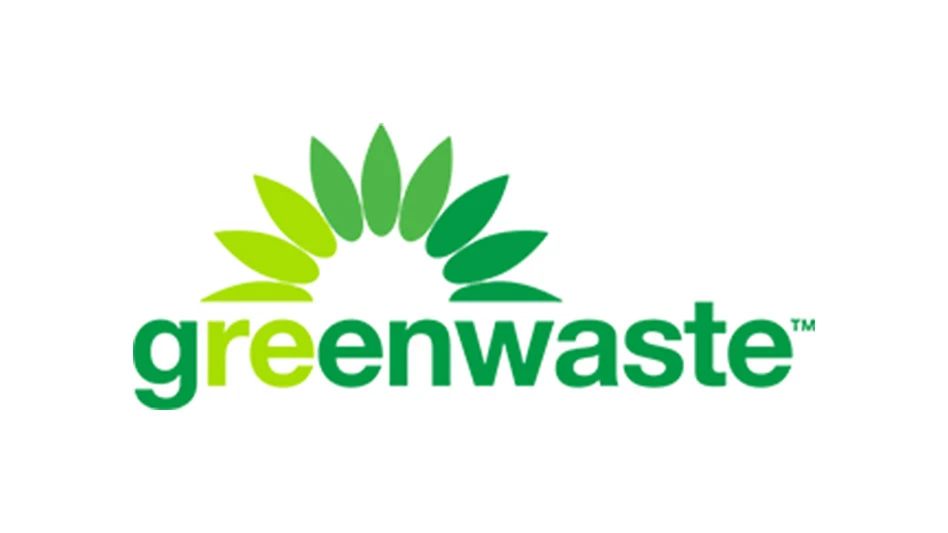
Scrap yard operators who serve retail customers know how important customer service and clean, easy-to-navigate yards are to jobbers and sellers of small loads. They also know the importance of marketing. Today’s scrap yards have a variety of ways to reach potential customers, from their own websites and smartphone apps to traditional advertising.
Connecting with sellers
Tom Buechel,
Users can visit the iScrap App website, https://iscrapapp.com, or access the app on their smartphones to be directed to area scrap dealers.
“I’ve made enough off using the app to pay for it for 207 more years,” Buechel says of the effect the app has had on his operation. “It’s all about additional exposure in the market.”
Since he took over the company about 10 years ago and rolled out the app seven years ago, Rockaway Recycling has grown from a one-person shop to 12 employees.
Since its launch in 2010, Buechel says the app has been through four major upgrades in response to technology changes and to add features.
“I like the app,” says Barry Bledsoe, general manager at 3 Rivers Iron & Metal, Fairmont, West Virginia. However, he says most of his customers using it are commercial sellers, not jobbers and other retail customers.
Regardless of how customers find a scrap yard, it is important to be responsive to their needs, whether they come in with a roll-off or a pickup truck.
Bledsoe says he likes how the app tells him how many hits he gets each month and how many visitors are new or repeat customers.
Customers coming to 3 Rivers from farther away almost always find the company on iScrap App or on the internet, he adds.
Traditional advertising is another option for connecting with prospects, Bledsoe says, adding that he is sold on billboards, which provide 20,000 impacts per month for a low price. Radio, however, was a loser.
3 Rivers tried two separate radio marketing campaigns: one on a country station and the other on a classic rock station. The company keeps a spreadsheet on all sales, so the scale house knows right away if it is dealing with a new customer and asks how the seller found the yard.
“It was consistent. We only had two new customers per 100 on both stations,” Bledsoe says.
Incentives take many forms
The 3 Rivers website, https://3riversironandmetal.com, notes the company pays cash for most sales up to $50.
Rockaway offers constant specials for customers. “Using iScrap makes it a little easier” for users to keep informed of these specials, Buechel says.
The website for Canton, Ohio-based Slesnick Steel & Recycling, www.slesnick steel.com/recycling/services, offers “daily coupons,” which actually are valid longer. They sweeten the price on items such as aluminum siding, copper
3 Rivers’ best small-generator campaign is with nonprofits. The company heavily promotes to scout groups, churches, youth groups and the like, which tell their members to bring their scrap to 3 Rivers and mention the organization at the scales.
Bledsoe explains that the scale house notes that it received 30 pounds of cans from Troop 32. Each seller associated with a nonprofit the company works with gets a statement detailing the item and weight donated and a receipt for tax purposes.
Once per quarter or once per month, Bledsoe says, 3 Rivers tallies the donations for each group and writes a check to each organization. Even though the company might have taken in 20 small lots, it only has to write one check to each organization for the specified time frame. Consolidating check writing saves money and time.
“It is enticing for nonprofits,” Bledsoe says. “There is no work for the organization’s members like there is with selling candy door to door.”
Sponsored Content
Screen Smarter, Process Faster with GK’s FINGER-SCREEN FreeFlow™!
Upgrade to the next level of material separation with the FINER-SCREEN FreeFlow™ —built for efficiency, durability, and maximum throughput. With no bottom pan to clog, it handles bulky and wet materials effortlessly. Minimize jams, maximize uptime, and boost productivity. Optimize your operation today!
The retail experience
Regarding retail transactions, Bledsoe says, “We are not as competitive on price as we are with our commercial customers. But it is more profitable for us on a per-pound or per-ton basis.”
Some dealers are upfront about the amount they pay peddlers for scrap.
“We post all our prices online,” Buechel says of Rockaway Recycling.
At 3 Rivers, prices for most commodities are listed on its website. The company offers a nickel-per-pound premium for clean, single-grade nonferrous materials weighing more than 100 pounds and delivered in a single load.
Retail and commercial loads follow the same traffic pattern through 3 Rivers’ yard. While he says he would like to have separate lines to reduce wait times, Bledsoe adds, “I don’t have a yard stretcher.”
Rockaway Recycling has separate routes at its yard for commercial and retail customers. “We have separate lines to keep it safe,” according to Buechel.
Regardless of how customers find a scrap yard, it is important to be responsive to their needs, whether they come in with a roll-off or a pickup truck, sources say.
While the strategy might vary from scrap yard to scrap yard, welcoming retail customers can be profitable—for the scrap yard, for the customer
Get curated news on YOUR industry.
Enter your email to receive our newsletters.

Explore the January 2018 Scrap Metals Supplement Issue
Check out more from this issue and find your next story to read.
Latest from Recycling Today
- SAFE calls for export ban on certain types of aluminum scrap
- Aqua Metals reports Q2 results
- Sourgum launches services in Mississippi
- PLASTICS provides FFRA, staffing updates
- Metals Innovation Initiative announces competition to address problems in Kentucky’s metals industry
- Dow, Mura Technology cancel chemical recycling plant in Germany
- Brightmark, Lewis Salvage partnership processes 1M pounds of medical plastics
- US paper recycling rate, exports down in '24









